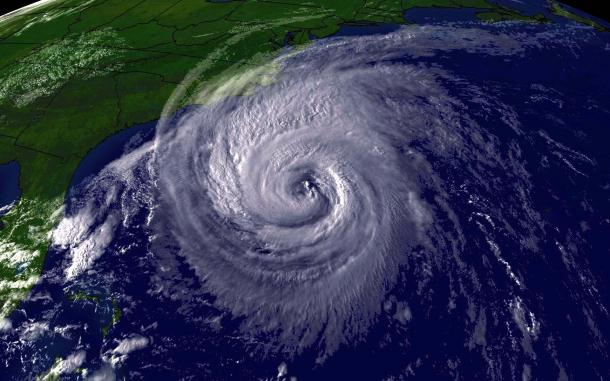Cyclone season has arrived. Cyclone Tauktae made headlines for the devastation it wrought, and now it\’s cyclone Yaas\’ turn.
While you may be aware of the devastation inflicted by these cyclones, do you know how they got their names?
Table of Contents
ToggleWhy is it important to name cyclones?
Simply put, a name is easier to recall than a series of numbers, letters, and/or technical jargon.
Not only the general public, but also the media, scientific community, disaster management, and others, will benefit from this.
Individual cyclones can be easily identified, warnings can be quickly sent to boost community readiness, awareness of the storm\’s progress can be created, and confusion can be avoided when there are many cyclonic systems over a region (example cyclone Tauktae and Yaas hit the same region in a matter of days, the names make it easy to differentiate between the two).
Who names these cyclones?
The World Meteorological Organization (WMO) has a list of names that are appropriate for each tropical cyclone basin on a rotational basis.
Regional specialised meteorological centres (RSMCs) and Tropical Cyclone Warning Centres name cyclones that originate in different ocean basins throughout the world (TCWCs). In the world, there are six RSMCs.
How do they choose a name?
As previously stated, distinct areas each have their own Regional Specialised Meteorological Centres (RSMCs) that choose the names from a list of options. The names were suggested by the RSMC\’s member nations.
For instance, the Indian RSMC contains 13 nations, each of which has proposed 13 names.
Tropical cyclones were previously named after places, items, or saints\’ feast days on which they occurred before the formal commencement of naming.
How are these names suggested?
There are a few guidelines that governments must follow when naming cyclones. The name is accepted by the panel on tropical cyclones (PTC) that finalises the selection if these rules/guidelines are followed:
- The proposed name should be gender-neutral in terms of (a) politics and political people, (b) religious beliefs, and (c) cultures.
- The name should be picked in such a way that it does not offend any group of people anywhere on the planet.
- It shouldn\’t be obnoxious or cruel in nature.
- It should be short, simple to pronounce, and not objectionable to any of the members.
- The name\’s maximum length will be eight letters.
- You must submit the intended name.
Who named Tauktae and Yaas?
Tropical cyclones in the North Indian Ocean are tracked by the India Meteorological Department (IMD/RSMC New Delhi). They chose these two cyclone names from a list of 169 cyclone names.
Myanmar recommended the name \’Tauktae,\’ while Oman suggested the name \’Yaas.\’
What is the next name after Yaas?
Pakistan recommended Cyclone Gulab, pronounced \”Gul-aab,\” as the next name for the Indian Ocean region.

